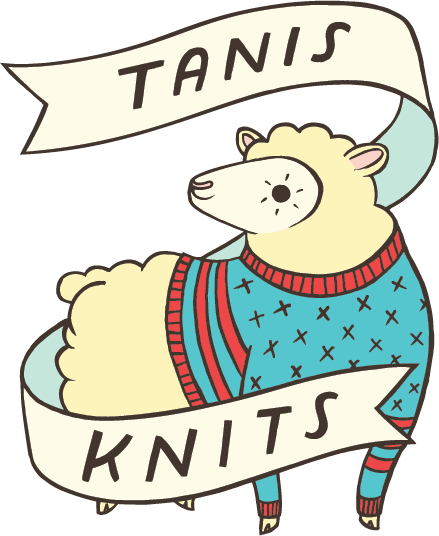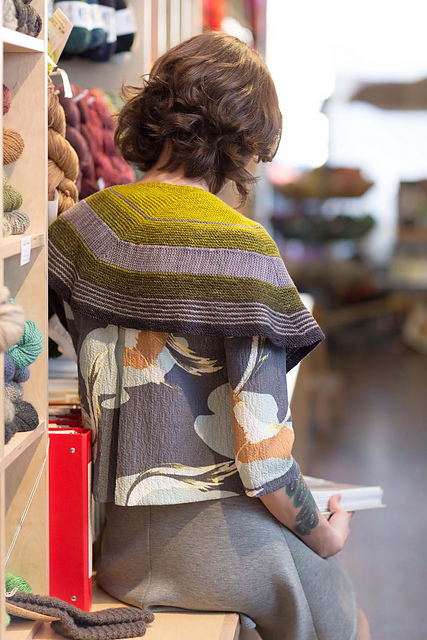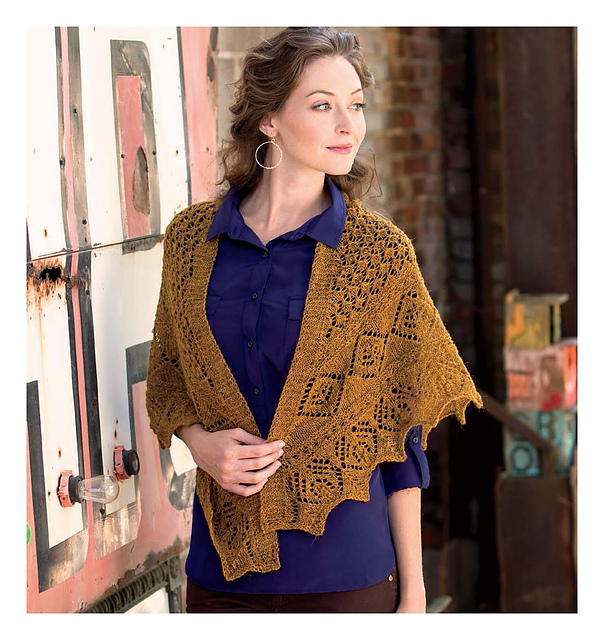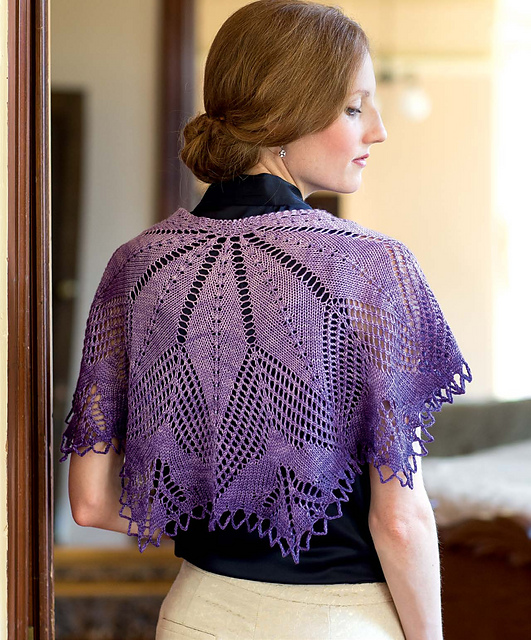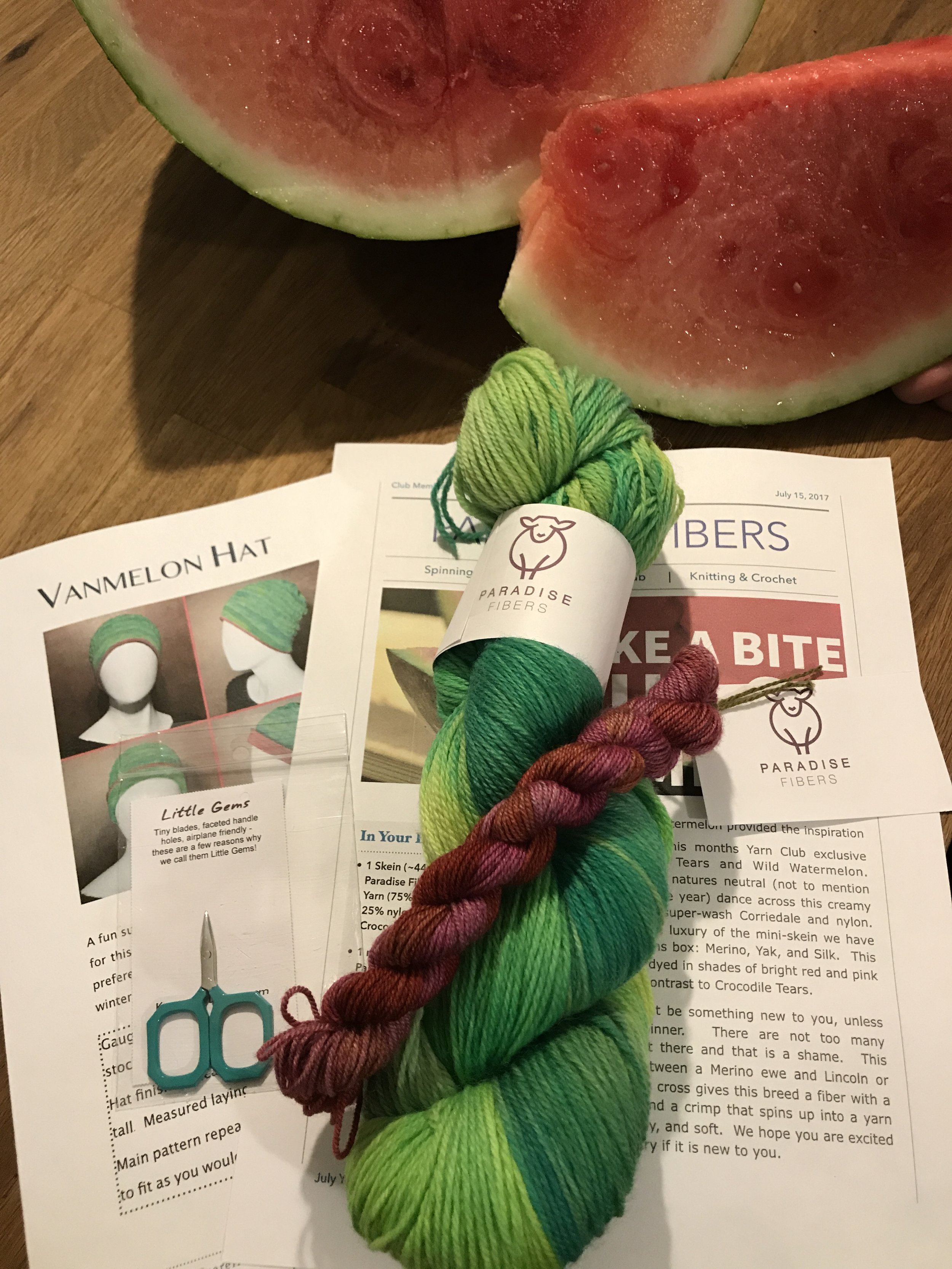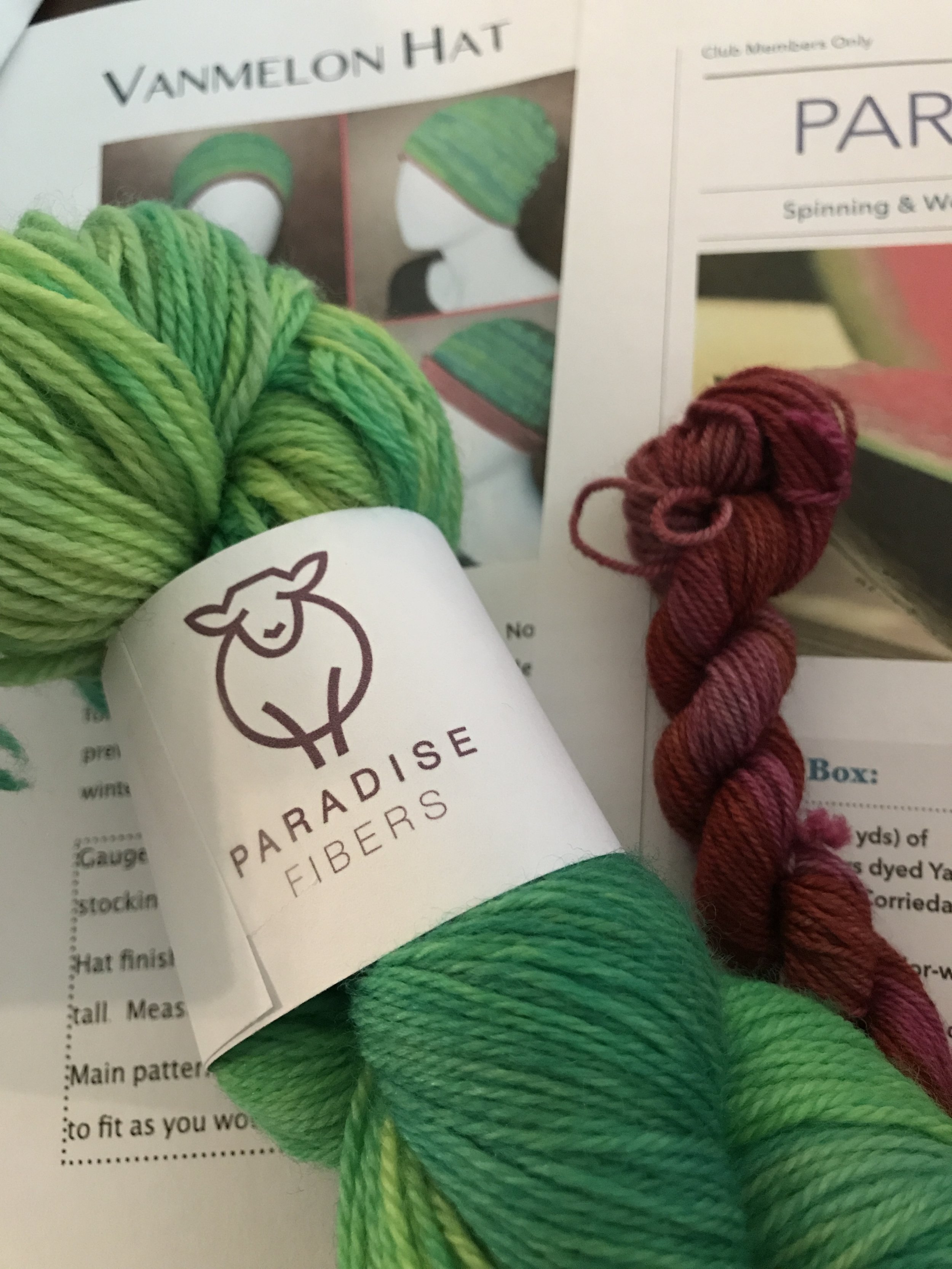UPDATE 7/31/17: Congratulations to winner Christina F! Check your email! --------------------------------
Like many knitters, I love shawl knitting.
It's funny when non knitters ask me why I like to make them because they have this preconceived notion of little old ladies bent over their needlework, hair in a bun, sitting on a rocking chair, slippers on their feet, wrapped in a shawl. Well, actually, I do all of those things, but shawls are such a great project because of their portability and versatility (and I'm not that old). I never wrap them around my shoulders but instead put them around my front like a bandana and wrap them around my neck that way - there are so many ways to wear them! With all the incredible yarn and pattern choices for shawls, I think we knitters look hip, crafty, and definitely not that preconceived notion of an old school grandmother.
Interweave recently sent me a copy of their new book, Classic Knit Shawls: 20 Timeless Designs Featuring Lace, Cables, and More (Interweave Press, 2017, $22.99). I was delighted with the patterns featured (all previously published in Interweave books and magazines) and recognized a few that I had dog-eared in my magazine or added to my Ravelry queue previously.
I particularly like that this book covers all sorts of skill levels, techniques, yarn weights, and occasions. The photographs and charts are large so you can actually see the stitch patterns and read the charts with ease. There are multiple images of each project and a brief write-up on each. There are lots of familiar designer names as well as a few I wasn't familiar with, making this an exciting, well-rounded collection.
Kerry Bogert, the Editorial Director of Craft Books at Interweave, was kind enough to sit down with me and answer of few questions...
------------------------------------------------------------------------------------------------------------
Tanis Gray (TG): This is a marvelous collection of 20 shawls that have been curated from books and magazines throughout the years from Interweave. Why these 20? How did you narrow it down?
Kerry Bogert (KB): Great question! We have a lot of amazing shawls in the Interweave library, so it was tough to narrow it down. We looked at a few different things when we were making selections, the most important being what are the types of shawls knitters are enjoying making right now. We see tons of gorgeous colorwork shawls at the top of Ravelry's "What's How Now" list, so we were sure to include projects like Ship That and Orangery. Lace is always incredibly popular as well, so projects like Grand Army Plaza, Lale, and The Purple can be found here too.
TG: Knitters are obsessed with shawl knitting - myself included. Why do you think this is?
KB: I don't know about others, but for me, and some of the gals in my knitting group, shawls are perfect for travel knitting, trying out new techniques on a smaller scale, and showing off favorite skeins of special yarn. It can be difficult to stuff a sweater's worth of yarn in a carry on bag, but a shawl project is perfect to keep the needles busy on long flights or when stuck in terminals. And who wants to try a really complex cable for the first time on a full size garment? Really, a shawl provides the opportunity to try something new without a lot of pressure. Since so many shawls need just 2-3 skeins of yarn (or just 1 one some cases!) I love using special skeins for them.
TG: Do you remember when you knit your first shawl? What was it like and what yarn did you use?
KB: Yes, I do! And even though my swatch said I had gauge, it turned out so small. HA! I made a Color Affection Shawl and adored every moment of stitching it, it just wasn't that big when I was done. I've learned so much since that first shawl project and they turn out the right size these days.
TG: I appreciate books that offer a wide variety of techniques and this book is no exception. Lace, cables, short rows, texture - this book has it all! What’s your favorite shawl knitting technique and why?
KB: Oh, I love short-rows and color blocking. They're my favorite to combine together. The interesting shapes and effects that can be achieved are always stunning.
TG: After looking through this book, there were a handful of shawls that I decided I MUST KNIT NOW! My favorites are Corrina Ferguson’s Lale Shawl and Andrea Jurgrau’s The Purple Shawl. Do you have a favorite in this collection and why?
KB: It's so hard to choose!! But I lean towards Trillium by Manda Shah. And that's not just because the model reminds me of Rachel Barry from Glee. The lace is just stunning and the Anzula yarn is scrumptious.
TG: How do you feel about beaded shawls? I for one am very pro-bead.
KB: They're beautiful and I wish people made them more. I hear so many complaints around how challenging adding beads to shawls can be, but it's really not that hard and they can add such amazing detail to the finished project. Full disclosure though, my background is in jewlery arts, so I know the massive spectrum of colors that seed beads come in, so I'm bias. I like having a new way to combine two loves. Yarn stash met bead stash... I think you two are going to get along smashingly.
TG: Do you see the shawl trend continuing on forever or something else taking its place?
KB: The big trend right now is definitely color-shifting shawls with gradients and other color blends. I see that continuing for a while.
TG: That's good to hear since my book coming out in the fall is all about gradient knitting! Neutrals or Brights for shawls in your opinion?
KB: Oh that depends on the occasion! I recently finished a bridal shawl in a wool/silk blend in the crispest white. I kind of don't want to give it to the bride at her shower in a few weeks. I want it for myself. In general though, I tend to favor brights. I love the pop of color they can add to your outfit.
TG: What advice would you offer to someone who is afraid to take the leap from scarf to shawl knitting?
KB: Pick a shawl that has a large field of garter stitch. You know how to knit, right?! So you can start knowing something you're really comfortable with and add your courage will grow as you knit towards a beautiful edging. Darjeeling by June Forgione would be perfect for that.
TG: What’s next on your shawl knitting list?
KB: I recently added Andrea Mowry's Rose Gold to my queue. It's two color brioche and includes some color fading as well. I can't wait to cast it on for this fall.
Thanks so much for answering all my questions, Kerry!
And now for the giveaway! Interweave is giving away a copy of this lovely new book here on my blog. Answer the trivia question below correctly and you'll be automatically entered in to win. A winner will be chosen at random on Friday, July 28th. Contest open to US residents only.
How many staircases does Hogwarts have?
Happy shawl knitting!
